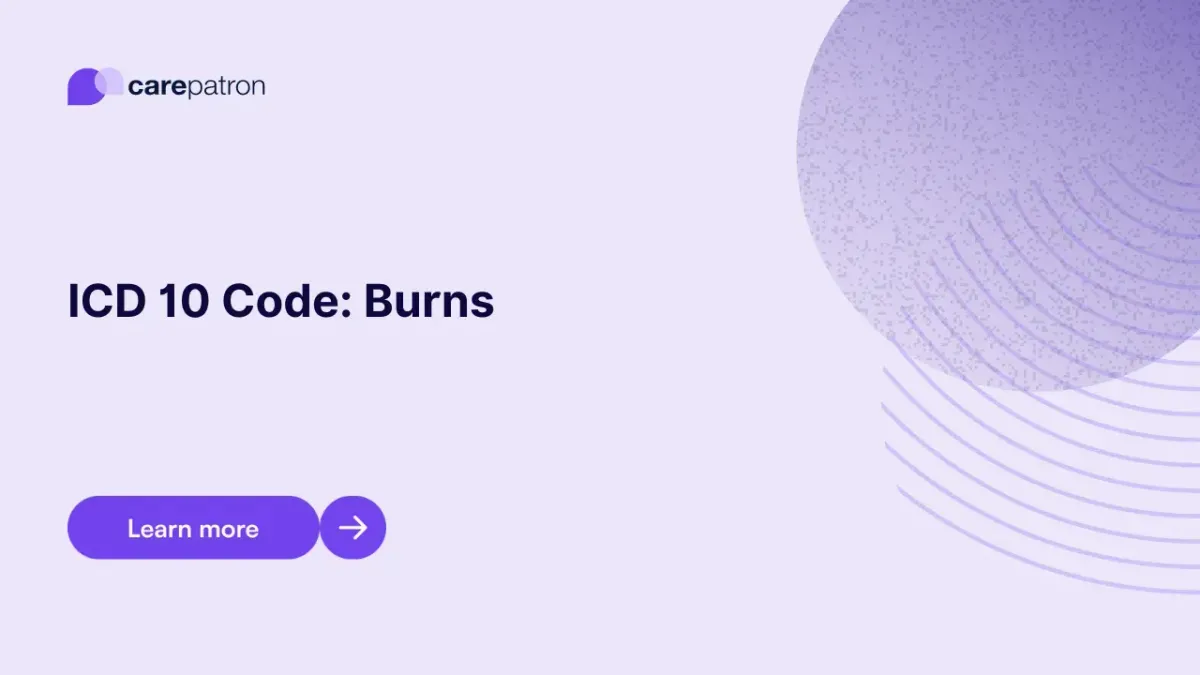
Burns ICD-10-CM Codes | 2023
Explore ICD-10 codes for burns, including diagnosis, treatment, and billing information. Understand how to code and manage burn-related conditions.
Use Code
Commonly asked questions
Use a Burns ICD code when documenting burns in medical records or billing, specifying the burn's degree, location, and cause.
Yes, burns diagnoses are billable when they meet the criteria for medical necessity and are adequately documented.
Common treatments for burns include wound care, dressings, pain management, and, in severe cases, surgical interventions like debridement or skin grafts.
EHR and practice management software
Get started for free
*No credit card required
Free
$0/usd
Unlimited clients
Telehealth
1GB of storage
Client portal text
Automated billing and online payments
